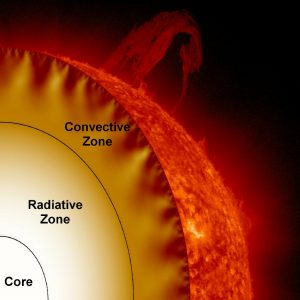
Circle closes back to Podkletnov-Znidarsic experimental science
1 message |
| don mitchell <don86326@gmail.com> |
Sun, Dec 31, 2017 at 2:11 PM |
|
To: David Johnson <dj@argos.vu>, Juan Calsiano <juancalsiano@gmail.com>, jhafner <jhafner@swcp.com>, Jim Weninger <jwen1@yahoo.com>, Edo Kaal <edwinkaal00@gmail.com>, Buddy Dougherty <goldenscaling@gmail.com>, Neil Thompson <krackonis@gmail.com>, Robert Neil Boyd Ph D <rnboydphd@comcast.net>, Stephen Boelcskevy <ouchbox@gmail.com>
|
Hey DJ, et al,
Dave, the material you’ve linked us to, the Phoenix theory, proselyted by alien_scientist, closes the circle for me on Znidarsic’s scientific conjecture framing Podkletnov’s gravity-beam experimental parameters.
Alien_scietist’s youtube ‘Antigravity Physics Explained by Alienscientist – Podkletnov – Znidarsic
’
Alien_scientist emerged from the free-energy intuitive-researcher/populist internet-space, but has evolved to a point that he attracted other scientists (Hover Brothers). Per another within Youtube comments below:
—
Oh yes! Happy new year all!
|
|
The concept that gravity and EM radiation are actions of a single dynamic is resonating with me. One being a convergent action the other being a divergent action. The two in an eternally opposing dance each seeking re-unification.
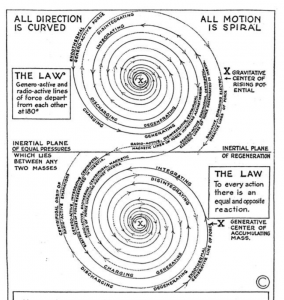
Re: Edmund Halley’s hollow earth is right, and it shows up in the seismic data
| Juan Calsiano <juancalsiano@gmail.com> |
Fri, Dec 29, 2017 at 10:24 AM |
|
To: Jim Weninger <jwen1@yahoo.com>
Cc: “David W. Johnson” <dj@argos.vu>, Jhafner <jhafner@swcp.com>, Don86326 <don86326@gmail.com>, Neil Thompson <krackonis@gmail.com>, Buddy Dougherty <goldenscaling@gmail.com>, Peter Alexander Venis <peter.a.venis@gmail.com>, “Lukas K. Womack” <lukas.k.womack@gmail.com>
|
Hey!
I will not engage deeply in this one, just let me add a few comments that you might find useful:
As shown in the links that Jim provided, the speed of acoustical waves in any medium is not only a function of density but also a function of the coefficient of stiffness (isentropic bulk modulus or bulk elasticity for gases). This second variable basically measures the resistance of an elastic body to deformation by an applied stress in the material (it is the inverse of the compressibility). This second variable is more complex than density, because it is a thermodynamic quantity. This means that in order to fully specify the compressibility you need to specify how the temperature varies during compression. This value also varies widely between solids, liquids and gases, see:
This means that we have to be careful with the seismic data and possible conclusions about Earth’s density. Compressibility must be an important factor. This is evident (at least) in the findings in the Kola Superdeep Bore hole article. Let me provide a full quote from that one:
While data produced by the Kola drilling project continues to be analyzed, the drilling itself was forced to stop in the early 1990s when unexpectedly high temperatures were encountered. While the temperature gradient conformed to predictions down to a depth of about 10,000 feet, temperatures after this point increased at a higher rate until they reached 180 °C (or 356 °F) at the bottom of the hole. This was a drastic difference from the expected 100 °C (212 °F). Also unexpected was a decrease in rock density after the first 14,800 feet.
Anyway, Jim’s remark about how decreasing density produces higher wave speeds is important.
As the totality of the available physical evidence demonstrates, aetheric matter must be highly compressible, probably several orders of magnitude above the compressibility of air. However, aetheric matter is evidently vastly subtler than corpuscular matter–-so much that it’s sometimes confused with “empty space”. In other words, aetheric matter is vastly less dense than air, vast orders of magnitude less dense that any of the endlessly divisible corpuscles like the ones that are part of a gas like air. As shown by Maxwell himself, both aetheric density and aetheric compressibility are the physical variable quantities that combine to provide the measured speed of electromagnetic waves, a speed that is several orders of magnitude above acoustic waves in air, in line with which one would expect from above.
Of course, before talking about aetheric matter, I will need to demonstrate that such a concept is just a rigorous consequence of Deterministic Coherence, i.e. the most general Deterministic Worldview based on the totality of physical evidence available. This is one of the main reasons why I decided to write a book. So I’ll just continue writing now! =)
Cheers!
Juan
|
|





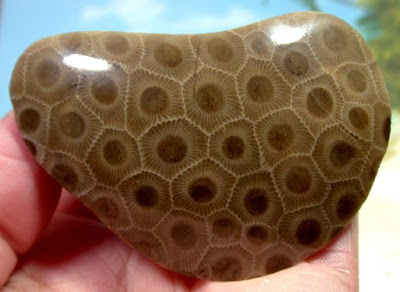

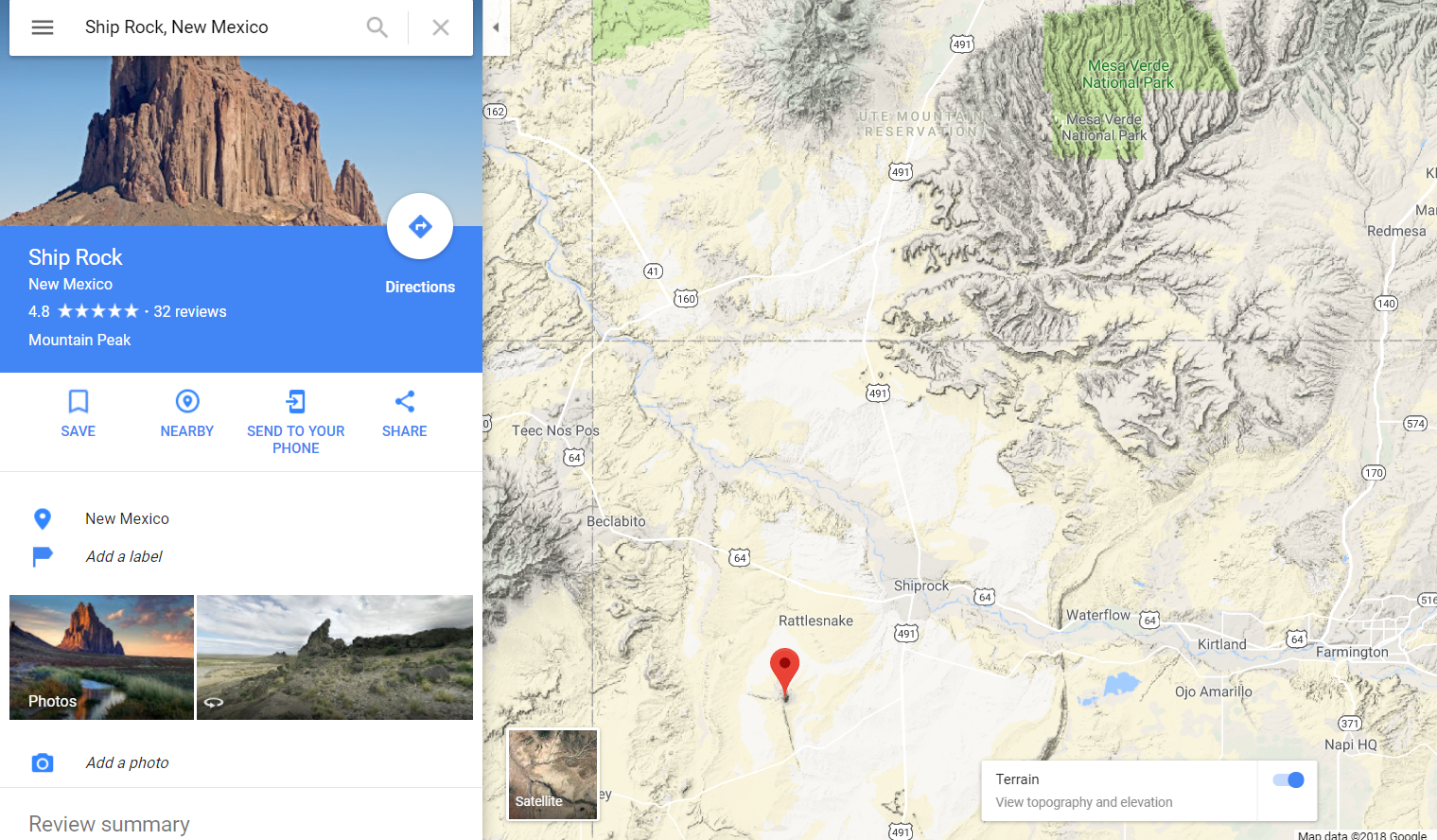
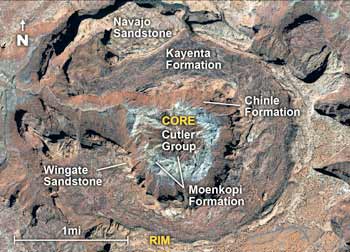

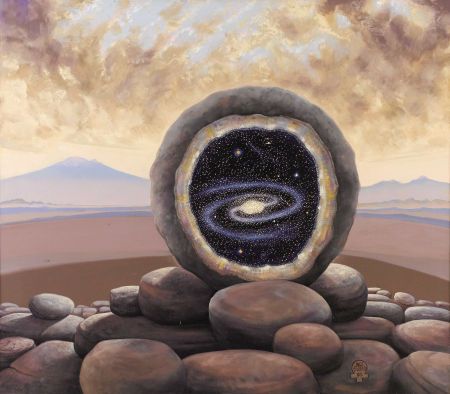
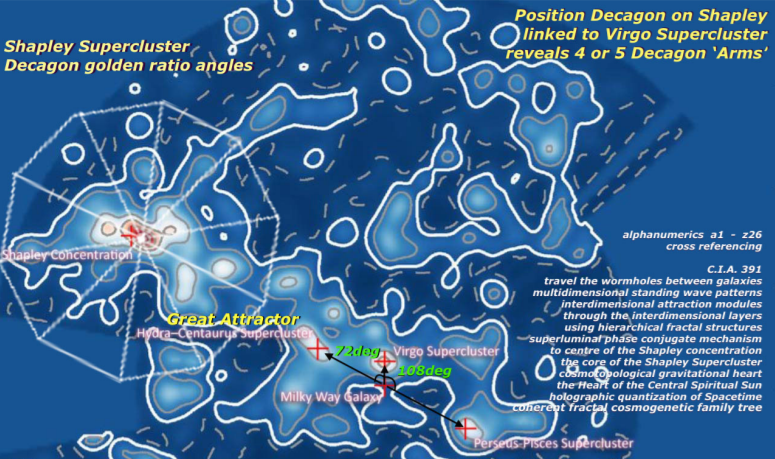


Re: Presentation – Infinity Theory
1 message |
| Peter Alexander Venis <peter.a.venis@gmail.com> |
Thu, Dec 28, 2017 at 5:16 PM |
|
To: “David W. Johnson” <dj@argos.vu>
|
Hello David,
I hope you had a good Christmas.
Yes, I know what subject I would like to discuss. It won’t be long, just 10 to 15 minutes like the previous time. I would like to give my thoughts about the question of what type of vortex a Tokamak exactly creates.
Best wishes,
Peter
|
|
Edmund Halley’s hollow earth is right, and it shows up in the seismic data
| Jim Weninger <jwen1@yahoo.com> |
Thu, Dec 28, 2017 at 7:23 PM |
|
To: Juan Calsiano <juancalsiano@gmail.com>, “David W. Johnson” <dj@argos.vu>, Jhafner <jhafner@swcp.com>, Don86326 <don86326@gmail.com>, Neil Thompson <krackonis@gmail.com>, Buddy Dougherty <goldenscaling@gmail.com>, Peter Alexander Venis <peter.a.venis@gmail.com>, “Lukas K. Womack” <lukas.k.womack@gmail.com>
|
If you are familiar with Edmund Halley’s model, you see that he has concentric shells in his model.
See here:
Evidence shows up in the seismic data here:
|
|
Seismic and the Earth’s Structure
|
Look at the image that shows the plastic,liquid, and solid layers. We have a solid earth at the surface. The density DECREASES as we move inward towards the liquid layer, and sound is refracted upwards. Then we have the dense solid surface at the plastic/ liquid boundary, where we have a sharp refraction downwards. Then another DECREASE in density as we move inwards to the solid sphere.
This decrease in density was in fact found by the Russians in the Superdeep Borehole
“also unexpected was a decrease in rock density after the first 14,800 feet”
Notice in the “Seismic and the Earth”, they say “because of the increasing pressure,materials are more dense towards the core,travel velocity of seismic waves increases”. But that is BACKWARDS!
The formula for speed of sound shows speed of sound DECREASES with density. See under “equations” here.
 |
|
Speed of sound – Wikipedia
|
Note that this is a common misperception, as you can see by not just the question, but the first two wrong answers by “real physics guys”, here
|
Why does sound wave travel faster in a denser medium whereas light travels slower?
|
Alarmingly, the “backwards” relationship between the speed of sound and density in the “Seismic and the Earth” is from a college level geology class “teaching” this material to up and coming seismic geology students.
Sound is not curved towards the surface of Earth because of increasing density with depth, but because of DECREASING density with depth. Edmund Halley’s model of concentric shells, and solid core, appears to be correct.
Jim
P.S. There was another point glossed over in “Seismic and the Earth”. Sure, solids transmit p waves and s waves, while liquids transmit only p waves. They didn’t bother to mention that gases also transmit only p waves, and not s waves. Of course, their reasoning about increasing density would rule out gas inside.
We don’t want to make that assumption.
Jim
|
|




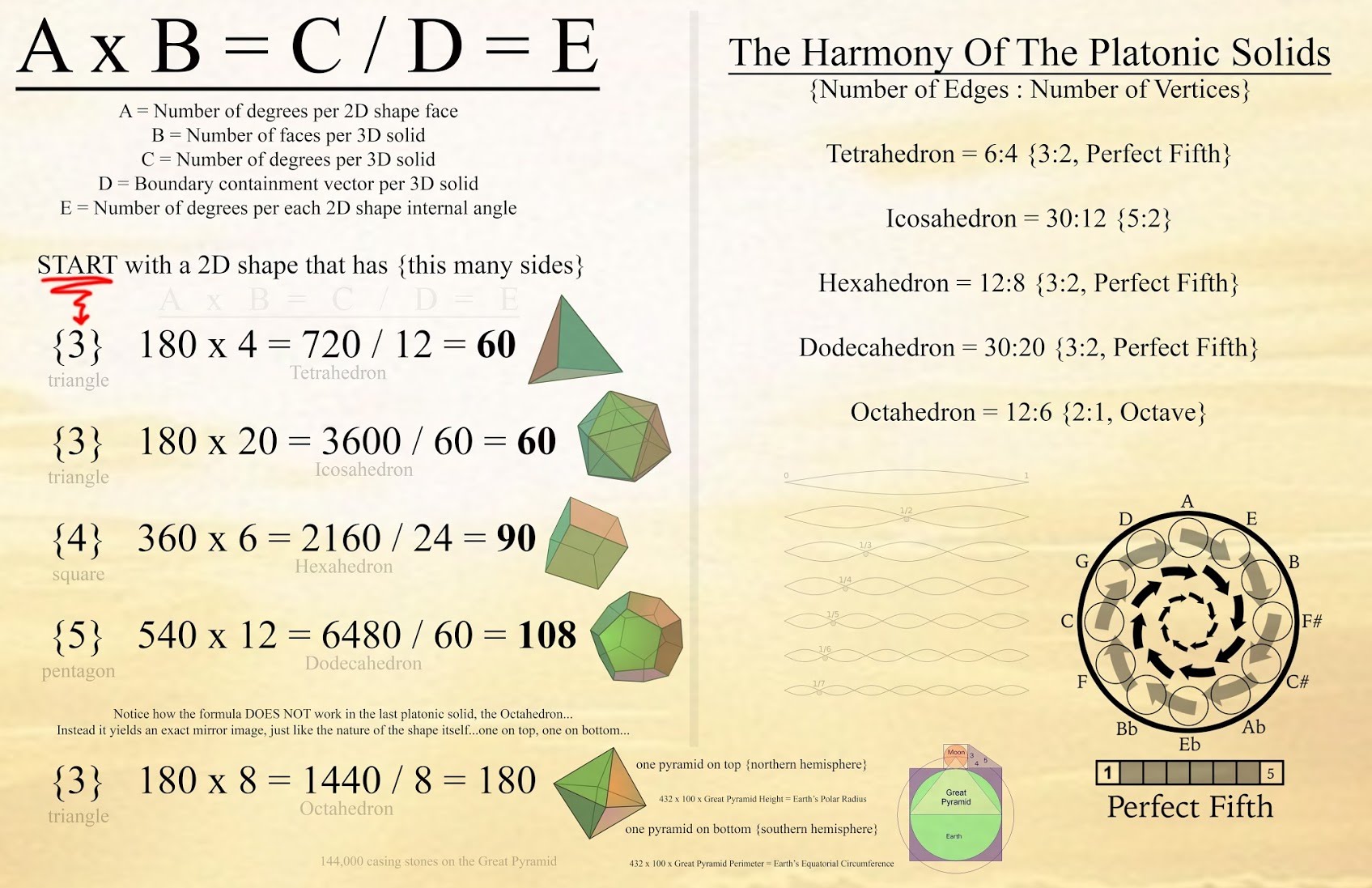
Re: Edo’s nuclear model and the sun
| Edo Kael <edwinkaal00@gmail.com> |
Thu, Dec 28, 2017 at 12:06 PM |
|
To: Jim Weninger <jwen1@yahoo.com>
Cc: Juan Calsiano <juancalsiano@gmail.com>, “David W. Johnson” <dj@argos.vu>
|
Fascinating thinking here!
My only input is that the principle of distributing “charges” as in protons / electrons would still apply on any scale. However at another scale such as planets the building blocks are tiny in comparison and have many “layers of creation” underneath it. Still the distributing effect of negative and positive would apply for sure i reckon. An atom in SAM is pulling the combined electrons (nuclear) and protons together to a shared common ‘virtual’ center. It is the result of the whole if you will. So as for comparison of an atom to the sun, perhaps the sun is ‘acting’ like an atom ?!
Edo
|
|




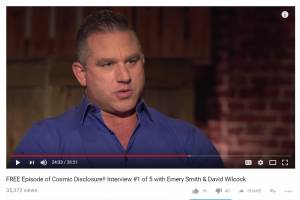


https://youtu.be/8Z1juW1Tvi4

| Created at: |
Mon, Dec 18, 2017 at 12:32 PM (Delivered after 43 seconds) |
| From: |
Juan Calsiano <juancalsiano@gmail.com> |
| To: |
“David W. Johnson” <dj@argos.vu> |
| Subject: |
Re: Interested in your thoughts on this |
You may want to check out this one:
| Created at: |
Mon, Dec 18, 2017 at 10:39 AM (Delivered after 44 seconds) |
| From: |
Juan Calsiano <juancalsiano@gmail.com> |
| To: |
“David W. Johnson” <dj@argos.vu> |
| Subject: |
Re: Interested in your thoughts on this |
Hi Dave,
I’ve read a bit about Keely and I follow Dale Pond in facebook. I claim no expertize, but I’ll just state my current tentative opinion.
As is often the case, this work seems to be a mishmash of crucially important intuitions, a few very interesting and overlooked observations, a whole-lot of meaningless prose, wild speculations disconnected from any sort of evidence, and even possibly some outright scam.
As you may know, Keely was investigated and it was seemingly demonstrated that he was deceiving his audiences. See:
Some years ago I’ve skimmed through the book that you are sharing and I couldn’t find much of value (which means that I was already aware of the few parts that are indeed valuable). That said, both Keely and Pond acknowledge the existence of the subtler levels of matter beyond observation, and their whole worldview is based on the principle of Sympathetic Vibration, which I understand as something incredibly important and foundational. Modern academic scientists studying complexity also acknowledge the crucial importance of synchrony, see:
| Created at: |
Mon, Dec 18, 2017 at 8:27 AM (Delivered after 0 seconds) |
| From: |
“David W. Johnson” <dj@argos.vu> |
| To: |
Jim Weninger <jwen1@yahoo.com>, Juan Calsiano <juancalsiano@gmail.com> |
| Subject: |
Interested in your thoughts on this |
Jim and Juan,
http://argos.vu/wp-content/uploads/2017/12/248462707-Keelys-Laws-of-Being-1.pdf
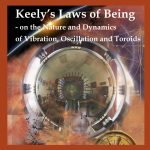
🙂
/dj
————————————————————————————————-
| Created at: |
Sun, Dec 17, 2017 at 7:15 PM (Delivered after 5 seconds) |
| From: |
Jim Weninger <jwen1@yahoo.com>Using iPhone Mail (15B202) |
| To: |
Juan Calsiano <juancalsiano@gmail.com> |
| Subject: |
Re: Edo’s nuclear model and the sun |
Correct. I think we can see this even better on the scale of the heliosphere. Or in the case of the Local Chimney, which is just different geometry. With the local chimney, we do have a “dense wall” of neutral gas and dust, surrounding a “hot sparse plasma”. A local “bubble” as they say. Same interesting dynamics though as Edmund Halley stated. The dense wall of neutral material “rotating as a solid”, with concentric shells inside, where “magnetism dominates”.
———————————————————————————————————————————–
| Created at: |
Sun, Dec 17, 2017 at 6:44 PM (Delivered after 43 seconds) |
| From: |
Juan Calsiano <juancalsiano@gmail.com> |
| To: |
Jim Weninger <jwen1@yahoo.com> |
| Subject: |
Re: Edo’s nuclear model and the sun |
One thing to have in mind is that the evidence for solid body rotation at the tachocline does not preclude a relatively “hollow” sun (“hollow” meaning less density at the geometrical core than at the tachocline spherical surface).
A spinning helium filled balloon also showcases solid body rotation. The density in the interior of the balloon is far less than the density of its plastic surface, i.e. it is “hollow”. Even more, you have a decreasing density gradient from the surface towards the center of the balloon, i.e. the very center is “more hollow” than the rest of the interior of the balloon. This gradient is due to the Bernoulli Principle (which is just a consequence of the conservation of energy in a fluid medium).
—————————————————————————————————————————–
| Created at: |
Sun, Dec 17, 2017 at 6:06 PM (Delivered after 2 seconds) |
| From: |
Jim Weninger <jwen1@yahoo.com> |
| To: |
Juan Calsiano <juancalsiano@gmail.com>, “David W. Johnson” <dj@argos.vu>, Edo Kael <edwinkaal00@gmail.com> |
| Subject: |
Edo’s nuclear model and the sun |
Sorry, Juan and David. I’m a bit behind in answering some of your emails, but this is what has been occupying my time in the last couple weeks:
We’ve talked about the idea of hollow sun,moon, and planets. Not new at all, and Edmond Halley was more correct than they give him credit for here
But the sun does show solid body rotation at the tachocline, which is just a bit below the differentially rotating surface. Just read the couple paragraphs under “The Interface Layer (Tachocline)” here
They think the sun’s dipole field is generated there, but they realize the field is more complex. As with Earth, they are modeling more deeply embedded multipoles, as shown for Earth on page 4 here:
Note their “Basic assumption”, and note in the images, how the field lines cross the surface of the Earth, based on those dipoles “located at the center of the Earth”.
But look at the actual magnetic field lines from this image:
Does it look like we have dipoles located at the center of the sun? Or packed just below the spherical surface?
I’ll argue that Edo’s model is not just right for the nucleus, but for the sun as well.
I’m stating quite point blank now, that the universe is not just fractal in nature, but that the solar system to atom scale is an exact copy.
I’m still working on the list of properties on the solar system scale that become quantized/discrete just by accepting Titius-Bode. The most recent is this: We can calculate in advance the amount of energy needed to “strip” a planet from its solar system orbit.
Here also, Juan may remember our conversation on why the only stable spin directions for a planet in the long term, are “upspin” or “downspin”. i.e., a planets rotation axis aligned with its orbital axis, or opposite to it. For David and Edo, note that Wal Thornhill was right in stating that orbits should circularize over time (even though he had the mechanism wrong). But what happens in a circular orbit is as we see for Venus. Venus has one of the most circular of planetary orbits, and of course, has it’s spin axis most aligned with its orbital axis. (I think David may remember why this happens?)
Next up: read Charles Chandler’s ideas on compressive ionization here:
And don’t worry if you haven’t agreed with me on anything in this email so far. The compressive ionization idea is why we really don’t get neutron stars forming. But this idea is also key for understanding radioactive decay, if Edo’s model is right. The same “pressure/density” idea for forcing electrons out of an atom works for forcing electrons out of a nucleus. And don’t worry, Juan, BOTH scales are best explained in your world view, rather than the particle bias I’m using here. We both know that what we are talking about is that the increased density outside is refracting waves outward rather than having waves refracted/internally reflected towards the atom or nucleus.
Sorry if all this was too cryptic, but I just wanted to get this out of the way, so everyone knows where I’m headed. As always, any arguments against this would be greatly appreciated, before I get too far off track!
—————————————————————————————————————————–



![]()





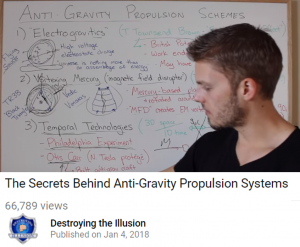

![]()
![]()
![]()



























